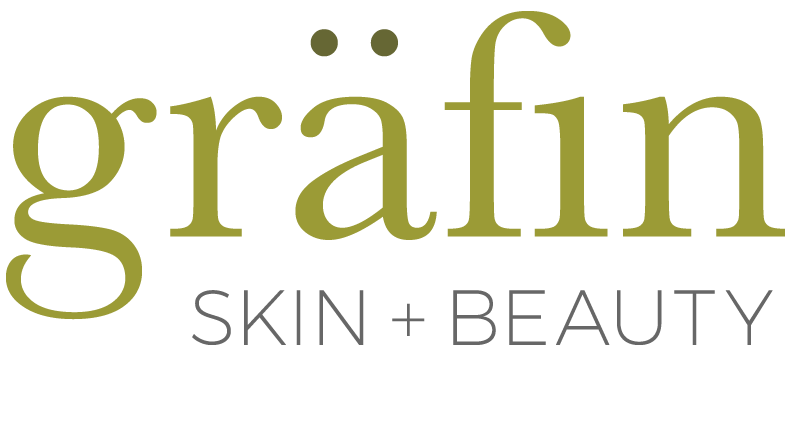Ingredient Spotlight: Niacinamide

Recently, you may have started seeing advertising talking about Niacinimide in skincare. Niacinamide isn't new, in the vitamin aisle we find it bottled as niacin, but they are both forms of the water-soluble vitamin B3.
Niacinamide is found in foods such as cereal grains, eggs, meat, fish, milk, green vegetables, beans, and yeast. In the body, Vitamin B3 plays a role in converting fats and sugars in food into energy for cells to carry out their normal functions.
Niacinimide in the Skin
Niacinamide is involved in skin maintenance. Niacinamide increases protein levels, slows skin aging by strengthening the skin's barrier, and by reducing water loss to improve skin's moisture content.
Niacinamide, when used in moisturizers or serums, can penetrate the skin to help boost the number of fatty acids and lipids that make up our skin barrier and support the microbiome.
Aging, Inflammation, and Pigmentation
In aging skin, topical niacinamide has been shown to smooth wrinkles by increasing two of the three main components of the skin: collagen, and GAGs (skin's natural moisture factors).
It also inhibits skin cancer precursors and helps reduce inflammation in acne, rosacea, and topical irritation. Niacinamide is recommended in the treatment of the skin's barrier functioning, aging skin, acne-prone skin, redness, and even to improve both sunspots and hormonal darkening.
Our Favorite Niacinimide Products
We are obsessed with the redness reducing and brightening from the Glow Mask from G.M. Collin.

